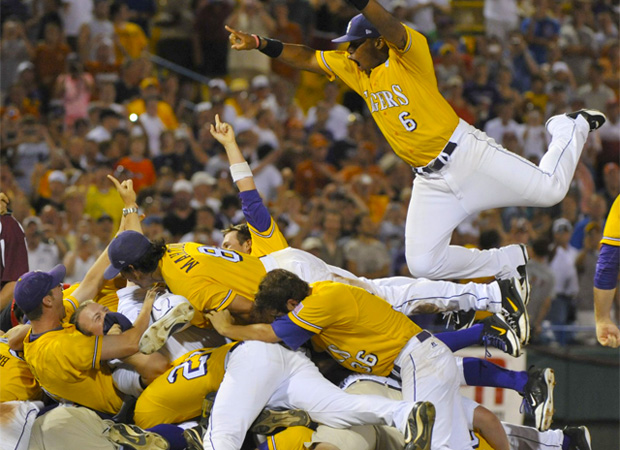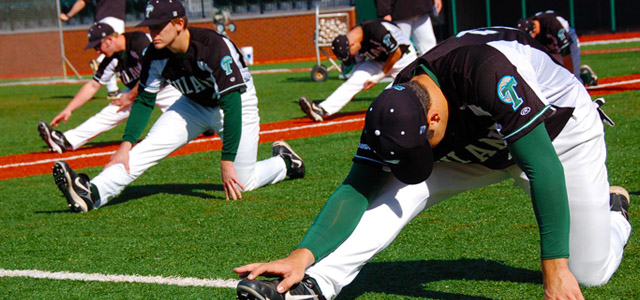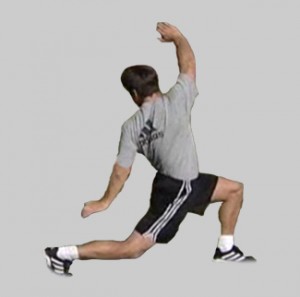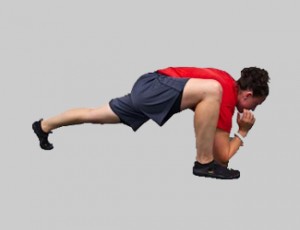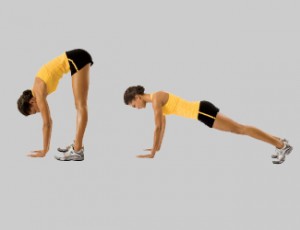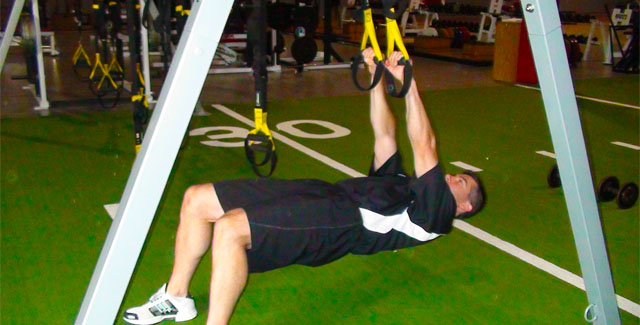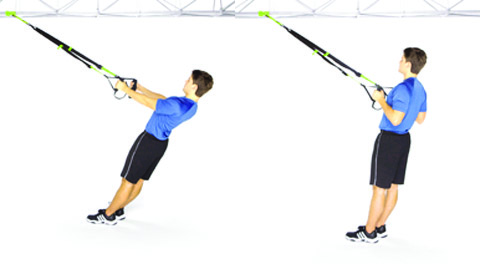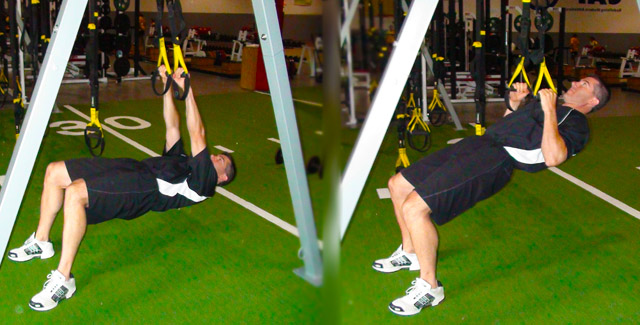Every year, high school athletes set new goals and dream of big accomplishments for their upcoming season. Some begin new training programs, some spend hours practicing their sport-specific skills, and others change their nutritional habits. But rarely does a high school athlete take the time to break down his year and set up an all-inclusive game plan from off-season to in-season. The result is usually a few non-specific goals that are not written down and a scattered attempt at hitting those goals. Does this really help you become a better ballplayer? How do you know if you became a better athlete or had a successful season?
It’s time to set up a long-term game plan for success that you can follow throughout the year. Let’s break it down into five steps so you can begin taking action now.
Step 1 – Create, Set, and Write Down Your Goals
Basic goal setting will give you a clear purpose and direction. When you have a goal, you will engage in activities that will move you closer to your goal and stay away from behaviors that will set you back. Your time and effort will become focused on the task at hand. There is a very real difference to defining your specific goals than just “doing your best.” How do you know what your best is if you do not have something to measure it against?
Your goals need to be realistic and attainable. Unattainable goals will set you up for frustration and loss of motivation. Goals that are too easily reached do not set you up for success either. A realistic goal should challenge you to reach beyond your current ability level to push your potential to the next level. Furthermore, your goals should be adjustable. Goals are meant to be a personal challenge and motivate you to reach for success. A goal that has been established and then is easily reached, or reached sooner than expected, needs to be adjusted so that it continues to motivate and challenge you.
Okay, it’s time to write down your goals. Yes, literally pick up a pen and write them on a piece of paper. (Better yet, grab a large poster board and a marker. Create a giant poster board that you can hang in your room so you can see it everyday.) When you write down your goals, in essence, you are making a contract with yourself. You, the writer, have thought them through and have committed yourself to positive and specific behavior in order to achieve what has been written down. And when that point comes when you are tired and want to skip a training session, you only need to look across your room at that poster board to remind you what you are striving for.
When you write down your goals, make sure they are measurable. This seems simple enough, but stating that you want to “be a better hitter” does not give you anything to measure against. A better goal would be something like – “Hit .320 for the season.” This is a result-oriented goal, so you will need some task-oriented goals to start moving you toward that .320. Here’s a better visual:
Goal: Hit .320 this Season
- Take 200 Swings off Tee 3 times per week
- Capture hitting sessions on video and breakdown mechanics
- Scout opposing pitchers and learn pitch tendencies
This is only an example, but should give you a better idea of how to set a measurable goal and then begin taking steps toward achieving it. Halfway through the season you’ll be able to see if you are on track, or if you need to adjust your goal higher or lower based on how realistic it is. Can you see how we are coming full circle using our other concepts of goal setting?
Step 2 – Lay Out a Game Plan
Okay, so you’ve established your goals and written them down. Now you need a game plan for success. This is where you take your task-oriented goals and put them on a schedule. You cannot expect results if you do not perform the necessary tasks to achieve those desired results. Every athlete should have his own unique goals and individual game plan set inside the confines of a baseball season – from off-season to pre-season to in-season.
Let’s take a look at what an entire year looks like and narrow it down from there.

Think of the entire year as 3 different seasons: Off-season, Pre-season, and In-season.
Off-Season: Aug-Nov
The off-season is basically your time to become stronger, faster, and more powerful. So many high school ballplayers have the pure talent to excel. Yet so many of them avoid the weight room and miss the valuable opportunity to become strong. I cannot tell you how many good ballplayers could have taken their game to the next level if only they had taken the time to work on their strength. Get in the weight room. Don’t worry about being super baseball-specific just yet. The most important thing at this point is to establish a consistent routine and incorporate major lifts like the deadlift and a squat variation.
The off-season is also your chance to “re-balance” your body. So, take a little time off from throwing and hitting (both single-sided activities) and work on establishing equal strength between your dominant and non-dominant side of your body. Furthermore, this is the time to let your throwing arm recover from the rigors of the previous season. You should be working on flexibility, mobility, and rotator cuff strength and stability.
You’ll have plenty of time later to start a quality throwing program. You can start up your hitting and work on your fielding after a few weeks of just strength training, but keep it light earlier in the off-season and gradually add more hitting/fielding reps as you get closer to the pre-season.
Pre-Season: Dec-Feb
When you get about 6-8 weeks away from the start of the season, you can start to pick up the amount of hitting and fielding practice. In fact, this is usually the time that most high school programs begin “official” practices, so you should have no trouble finding time to work on your baseball-specific skills. Continue with your lifting routine 3-4 days per week. If at all possible, take care of your baseball-specific skill work prior to heading to the weight room.
As for throwing, this is where you really need to get started with a quality throwing program – no matter what position you play. Incorporating a solid throwing program that includes long toss will play an integral part in the quality of your arm strength and durability throughout the season.
The pre-season is where you really need to step up the intensity of your practice and training sessions. Opening Day is just around the corner, and you want to be at the top of your game when that first pitch is thrown.
In-Season: Feb-July
Obviously, the season is your opportunity to finally reach the goals you set for yourself earlier in the year. However, don’t settle for what has yet to be accomplished. You need to continue to put full effort into your practices and drills. Every week should be an opportunity to improve on the one before it. You should also continue to long toss, but the amount and frequency will be different for each position. Infielders and outfielders should try to long toss 2-3 times per week in season, while pitchers will have to schedule long toss sessions based on when they pitch in games and bullpen sessions.
As for your strength & conditioning, an ideal week would have you getting in the weight room two times and working on maintaining what you built in the off-season and pre-season. You should not be looking to make any huge gains here. The last thing we want is for you to be tired and sore for an upcoming game. Instead, your focus should be on staying strong and maximizing your recovery between practices and games. Keep the loads heavy, but decrease your volume by lowering the number of sets you are performing. When in doubt, be smart and listen to your body.
Steps 3-5
In Part 2, we’ll discuss the remaining steps. In the mean time, go grab a piece of paper and pen and get started on writing down your goals.

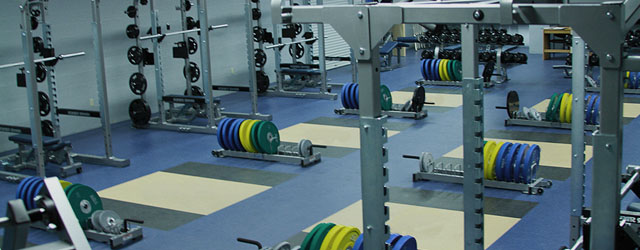
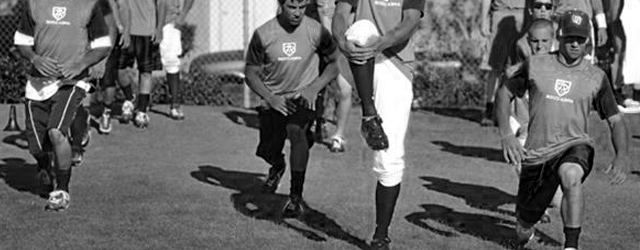
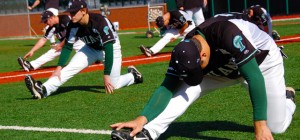
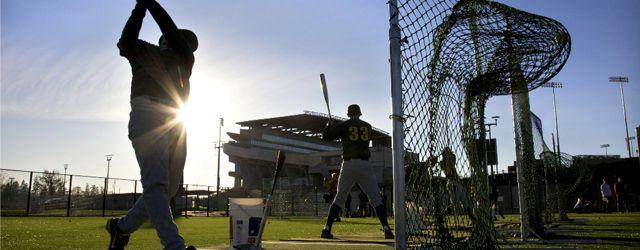
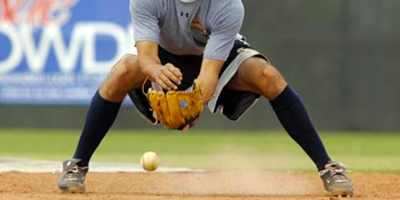 This step may be the most simple, but is often the hardest to stay consistent with. Simply put, execute your game plan. You’ve written down your goals, set forth a plan for hitting those goals, now you need to follow through and begin implementing the plan. Your biggest opponent in following through on this step will be you.
This step may be the most simple, but is often the hardest to stay consistent with. Simply put, execute your game plan. You’ve written down your goals, set forth a plan for hitting those goals, now you need to follow through and begin implementing the plan. Your biggest opponent in following through on this step will be you. This is it. It’s time to use the competitive season to hit those goals you set for yourself. Actually, if you have put the time, effort, sweat, blood, and tears into this long process, you have already achieved success. If you put in the work, I guarantee that you are a better ballplayer than you were before you started this process.
This is it. It’s time to use the competitive season to hit those goals you set for yourself. Actually, if you have put the time, effort, sweat, blood, and tears into this long process, you have already achieved success. If you put in the work, I guarantee that you are a better ballplayer than you were before you started this process.